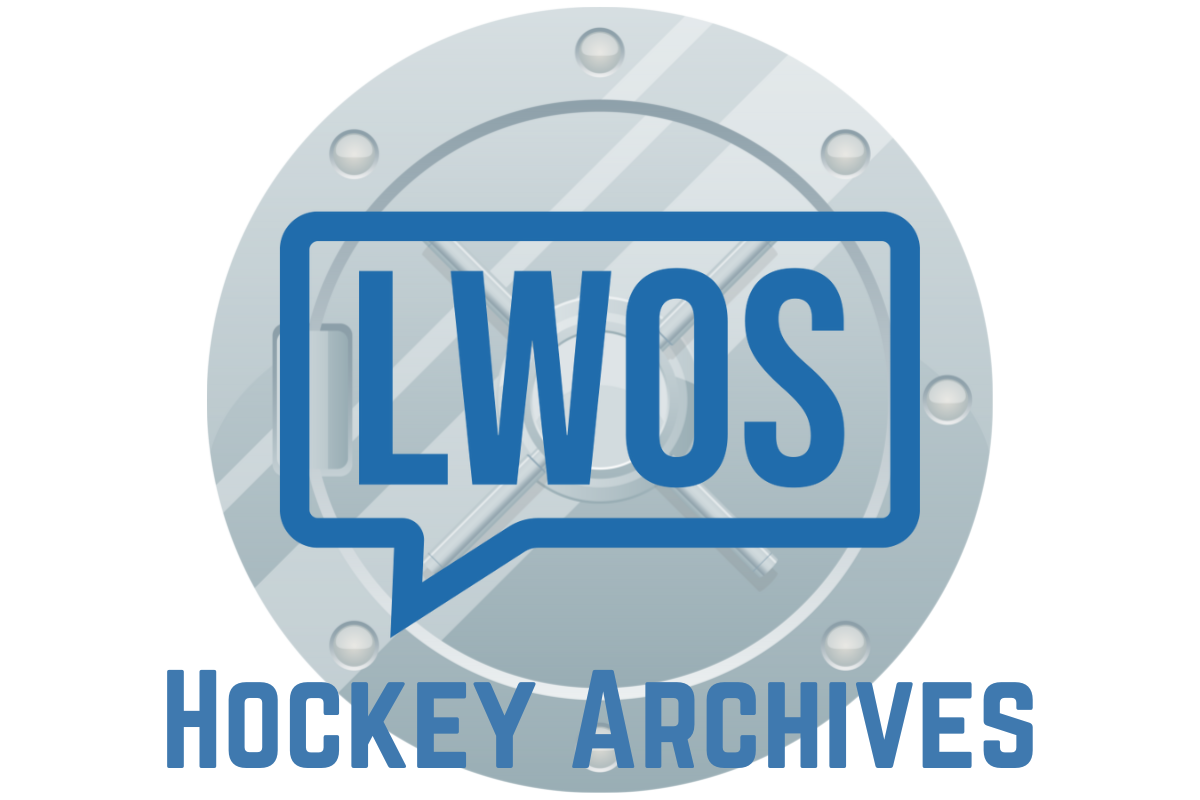In part one of this series, we discussed how taxes affect NHL salaries. I never believed taxes were the reason the Tampa Bay Lightning and Vegas Golden Knights have signed so many sweetheart contracts in the past few years. The hypothesis was slightly more simple. Players love winning, and good teams are the ones that generally sign players at below market value. So, this allowed for the idea to check for a correlation between player salaries and the quality of the team to see if players do tend to take less money to play for good teams.
NHL Salaries
Defining a Discount
To see if players tend to take discounts on good teams, we need a definition of “discount”. Again, this post will use Matt Cane’s and the Evolving Wild contract projection models. They forecasted the salaries for each contract in the 2018 and 2019 offseasons. Using their numbers, we will define how much a discount a player took by a metric called “cap hit as a percentage of expected”.
For an example of “cap hit as a percentage of expected”, take Artemi Panarin‘s $11,642,857 per year contract last summer. Evolving Hockey forecasted Panarin’s most likely contract as an 8-year, $11,172,683 per year contract. On a 7 year deal, they forecasted him at an AAV of $10,482,359, so that’s the number we’ll work with. Given this forecast, take Panarin’s actual $11,642,857 AAV, divided by his projected $10,482,359. This shows us we see Panarin earned about 11% more than was expected, meaning his cap hit as a % of expected AAV is 111%.
If players take discounts to play for good teams, there should be a negative correlation between the quality of the team signing the contract and cap hit as a percentage of expected.
Team Quality
Next, we need some way to define team quality. There are various ways to do this, however, let’s keep it simple. Hockey Reference stores the pre-season Vegas betting lines for each season, and this post will use where bookies set a team and it’s over/under betting line as a proxy for team quality. Using preseason data is not perfect since some things can change during the offseason after the contracts are signed, but it’s an assumption that most players, especially those good enough to move betting lines, have a good guess as to what the team signing them will look like by October.
Do Players Take Discounts on Good Teams?
What does the data show us? It looks like players really do tend to take less money than expected when signing with good teams.
As the number of points Vegas oddsmakers expected teams to earn increases, players AAV as a percentage of expectations declines. While the downward trend may not look extreme, it is a “statistically significant” relationship. This means good teams like Tampa Bay have generally gotten discounts on their players. Then the flip side is that bad teams like the Ottawa Senators have paid premiums to sign their contracts. Just like taxes, this effect was especially strong among higher-income players.
When we split players up and examine the effect among those whose total contract was above $10 million and those whose contract was smaller, we see expensive players have generally been the ones driving this effect.
How Big of a Discount Do Good Teams Get?
All this begs an important question. If good teams tend to get their players to sign for cheaper than expected, how much cheaper? Running a regression weighted by the total size of the contract we can find out. Note that this means the largest contracts are weighed the most heavily. Holding the team’s tax rates constant, we can see there’s an incredibly large difference between the best and worst teams.
Our model coefficients imply that players tend to sign for about 3.5% less for every 10 additional points their team is expected to earn that season. Note that top cup contenders generally have their over/under line around 105 points, while bottom feeders have their line set around 70 points. So, at the most extreme, the best teams got a 12% discount relative to their inferior peers. In a salary cap league, it is almost hard to overstate how meaningful this is. Nine teams are over the salary cap right now, and 27 teams are within $10 million of it. Given how tight to the cap almost every team is, this is a huge competitive advantage for the good teams.
It is also worth noting that the effect of team quality on NHL salaries is much larger than the effect income taxes have. So while it’s hot right now to explain away every good contract in a low tax city as a function of the income tax rate, if you’re trying to get players to take a discount, the data suggests its better to be good than lucky (enough to have your team in a low tax city). Taxes do matter, team quality just explains a larger percentage of the variance in NHL salaries above/below expectations in the NHL.
Main Photo:






